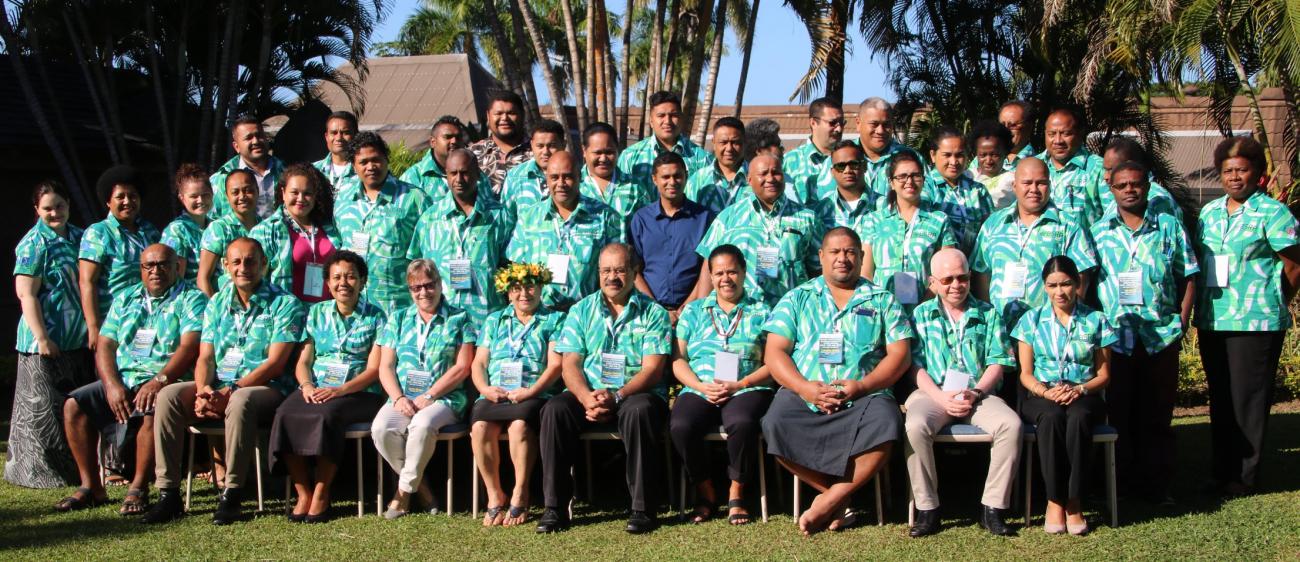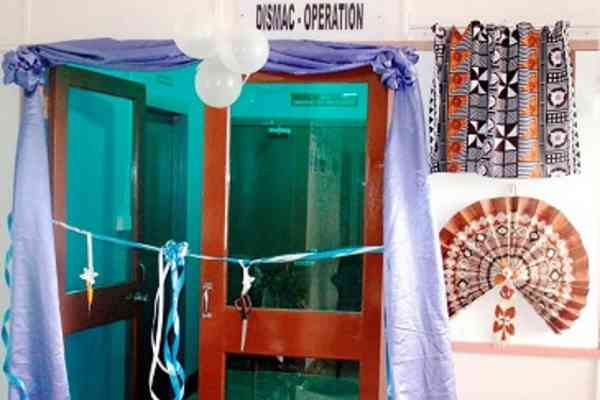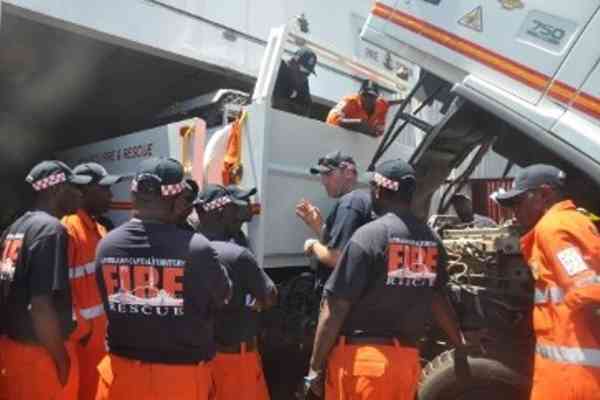Over the past decade the incidence and intensity of disasters in the Pacific has dramatically increased highlighting the importance of strengthening disaster management arrangements at both the national and regional levels. The increased frequency, scale and complexities required to respond to these disasters has made the need for collaboration and cooperation across all agencies increasingly evident.
In response to this challenge, Australia and New Zealand are partnering with the Pacific Community (SPC) to implement the Pacific Islands Emergency Management Alliance (PIEMA) project. The 5 year (to July 2022) PIEMA Project aims to improve resilience and create excellence in emergency management for safer Pacific communities, under the lead of National Disaster Management Offices (NDMOs) across 14 countries.
The PIEMA project is working with key national emergency response agencies such as Police and Armed Forces (where they exist), Fire and Emergency Services and key coordinators of national disaster responses, the NDMOs. At the regional level, there is engagement with the Pacific Islands Forum Secretariat, Pacific Islands Chiefs of Police (PICP) Secretariat, Pacific Islands Fire and Emergency Services Association (PIFESA), and Fire and Emergency Services in Australia and New Zealand.
In July 2019, the PIEMA annual meeting brought together key stakeholders from across the Pacific to review project progress, share experiences, develop networks and plan for future activities.
The meeting focused on key activities the PIEMA project is undertaking in 2019/2020 including; the development of Strategic Roadmaps for Emergency Management (SREMs) at the national and regional level, gender equality and empowerment strategy, and building a more sustainable capacity development model. Participants also looked at addressing some of the gaps in the disaster management architecture in the Pacific.
According to the Commissioner for Tonga Fire and Emergency Services, Viliami Tuihalamaka, there are some specific challenges that need attention in Tonga. “…we have the lack of funding and budget to facilitate the equipment that we need for disaster, so it’s a challenge for us. There is also capability in the area of training to enhance the skills and knowledge of our staff to actually deliver the work that we do on the ground when there is a disaster happening.”
Similar comments were made by Vanuatu’s Director of NDMO, Abraham Nasak, as he expressed the need to create a forum for emergency management stakeholders. “… I don’t think we have a forum where NDMO directors and emergency management partners, that we are involved with, can come together and share ideas and share best practices and help each of us improve our emergency management and disaster response in our respective countries. It would be good if we have a standard training that’s provided to all of us so we all have the same skill sets that we can share across each nation in the Pacific.”
Litiana Bainimarama, Team Leader for Emergency Planning and Coordination Unit at the Fiji NDMO echoed the comments made by fellow country reps by stating that “…we are very comfortable in working in joint exercises and response operations but coming to sit together outside that circle, talking, doing joint planning and even the informal discussions is one of the biggest challenges that we have.”
One of the main initiatives to help address these challenges is the development of SREMs. This is a joint commitment by PIEMA members to agree on priority actions in the disaster management sector that they can work on for the next two or three years that build trust, teamwork and leadership amongst themselves to better prepare and respond to disasters.
As key partners of Pacific Island Countries in responding to and recovering from disasters, Australia and New Zealand play an active part in supporting the PIEMA project.
Richard Hannah, Humanitarian and Disaster Management Team at the New Zealand’s Ministry of Foreign Affairs and Trade explained the value of partnership that would allow the Pacific to be better prepared for future disasters. “New Zealand and Australia want to ensure that our Pacific neighbors have the resources that they need to be prepared for when disasters strike. So together we have jointly invested close to $5 million dollars over 5 years to fund the Pacific Islands Emergency Management Alliance. This initiative was funded following requests National Disaster Management Offices across the region. New Zealand and Australia also remain committed to providing direct humanitarian assistance if a disaster strikes and we receive a request from our neighbors in the Pacific.”
Over the life of the PIEMA project, certain activities will remain focus areas across the region. The national SREMs in up to 12 countries; a Regional SREM to support the implementation of the Boe Declaration Action Plan; the sustainable capacity development model; and the development and implementation of the gender equality and empowerment strategy.
SPC’s Deputy Director for Disaster and Community Resilience Programme, Rhonda Robinson, highlighted the long term benefits of the project for the entire region. “Ultimately, this work will help ensure Pacific Island governments and communities are better prepared and able to respond to disasters and recover from them more quickly. It’s no exaggeration to say that the work of PIEMA will help save lives”.
The 2020 PIEMA Annual Meeting will be an opportunity to review these activities, showcase local initiatives, and plan ahead as the PIEMA project continues to engage with the Pacific’s disaster management sector.


